Epidemiology Assignment: Risk Factors and Study Analysis
VerifiedAdded on 2022/12/01
|7
|977
|112
Homework Assignment
AI Summary
This document presents a comprehensive solution to an epidemiology assignment, addressing various aspects of epidemiological study design and data analysis. The assignment focuses on a prospective cohort study investigating the relationship between dietary niacin intake and the incidence of hearing loss in men. The solution provides answers to multiple-choice questions involving calculations of absolute and relative risk, risk differences, and odds ratios. It also covers the interpretation of epidemiological concepts such as confounders, effect modifiers, and recall bias. Furthermore, the assignment includes calculations of crude and age-specific death rates, standardized mortality ratios (SMR), and attack rates within a foodborne illness outbreak scenario. The solutions demonstrate the application of epidemiological principles to assess risk factors, evaluate study designs, and interpret statistical findings in public health contexts. The answers provided showcase a clear understanding of epidemiological concepts and their application to real-world health scenarios, including risk assessment, study designs, and statistical analysis.
1 out of 7
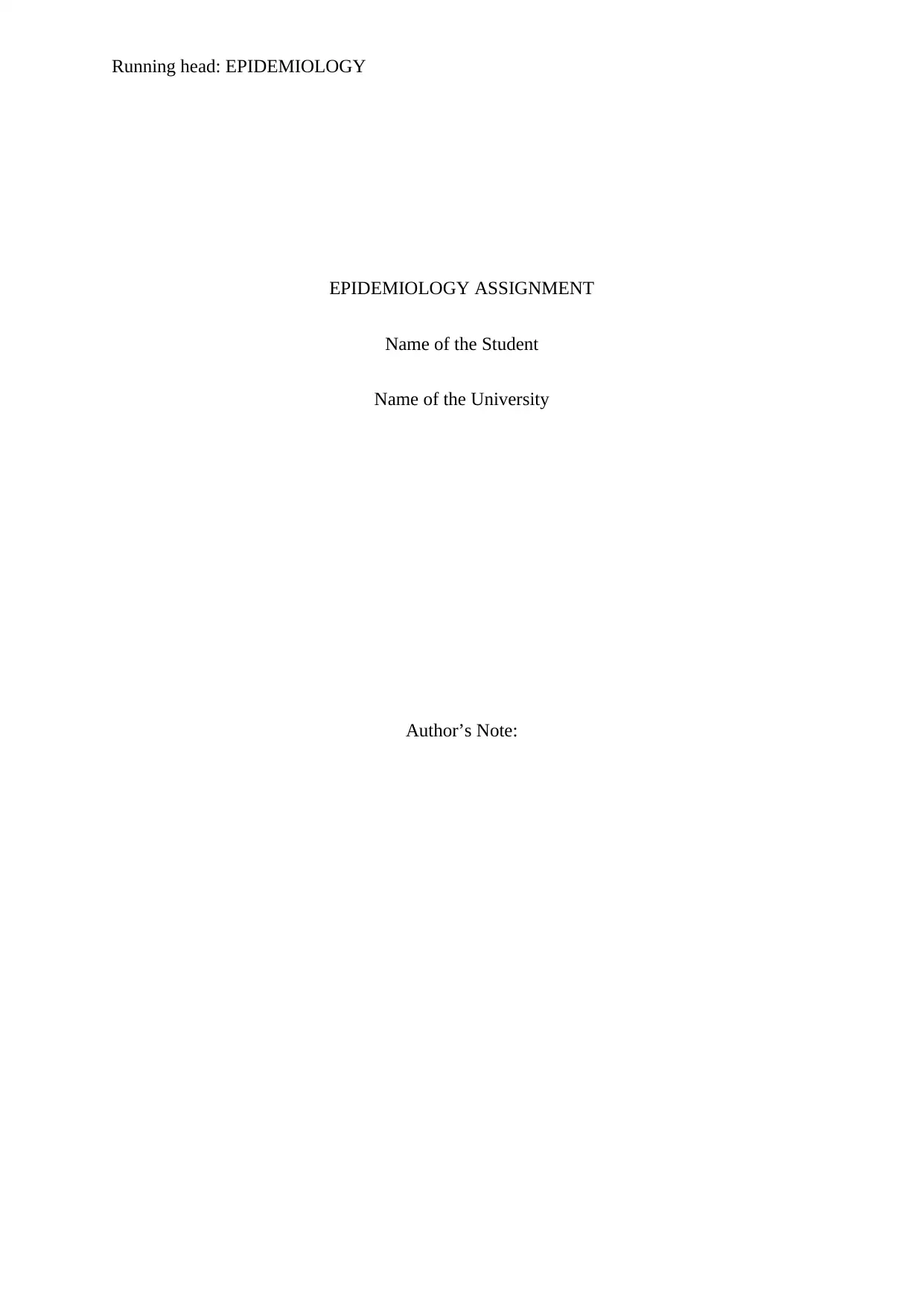
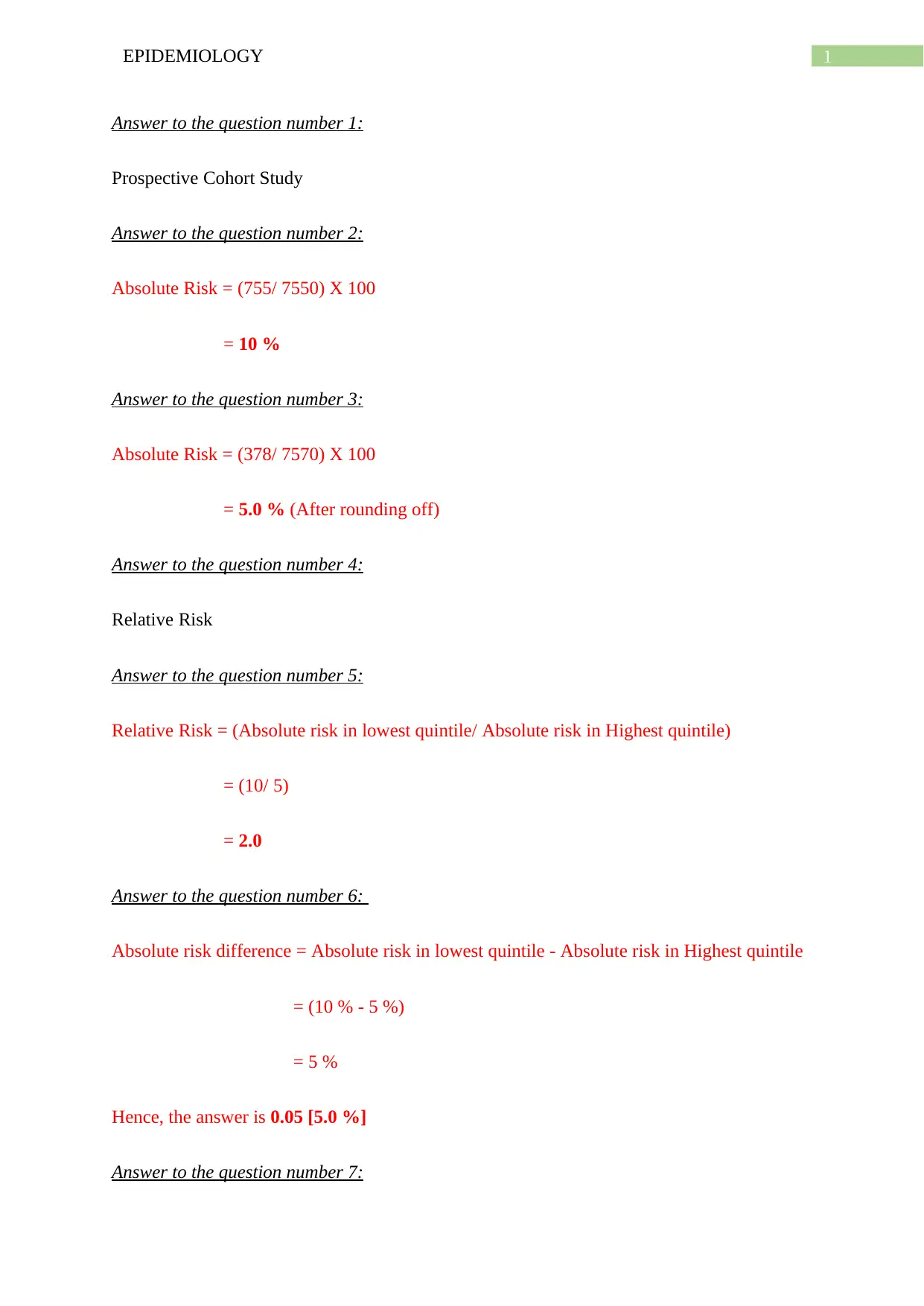
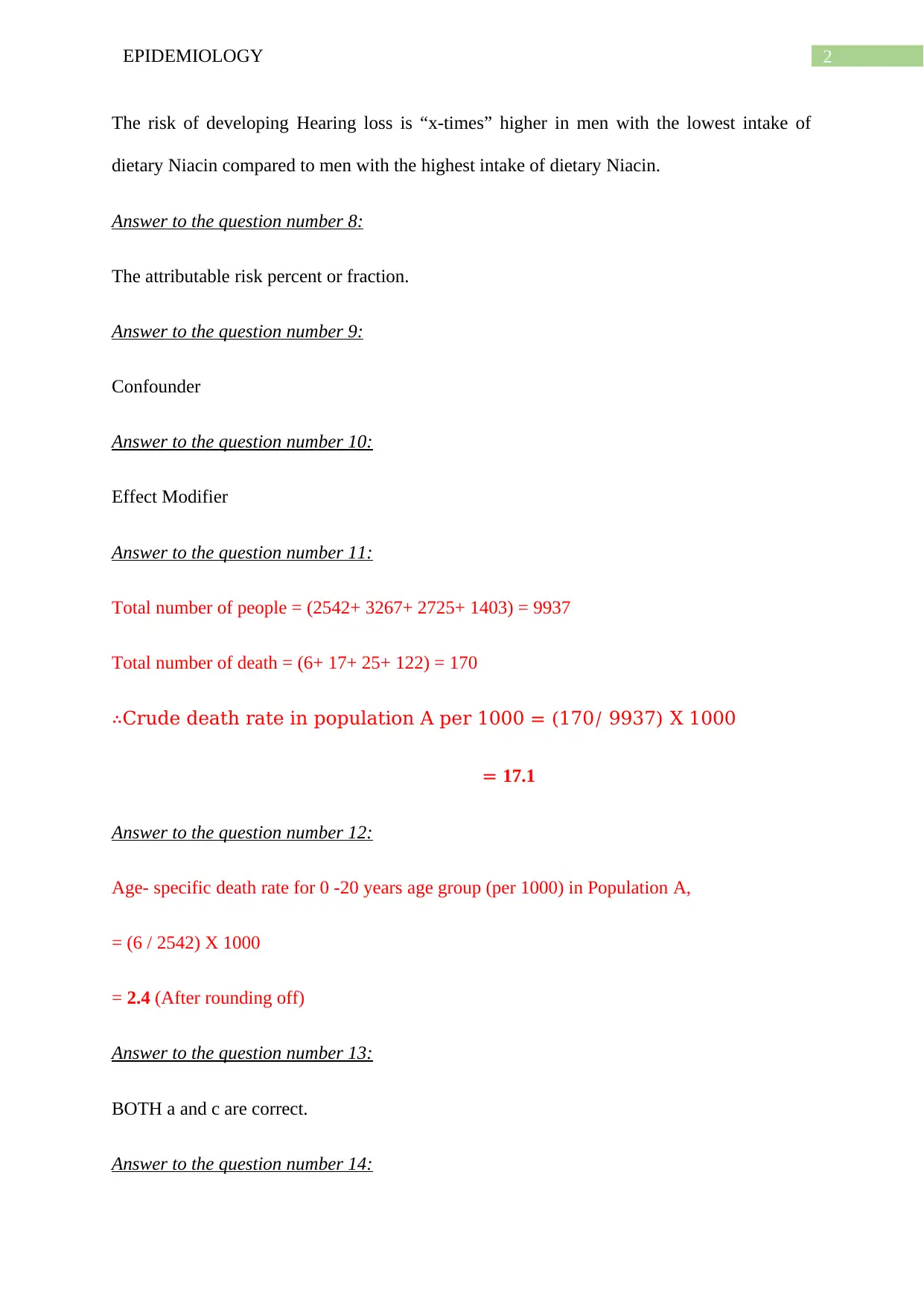

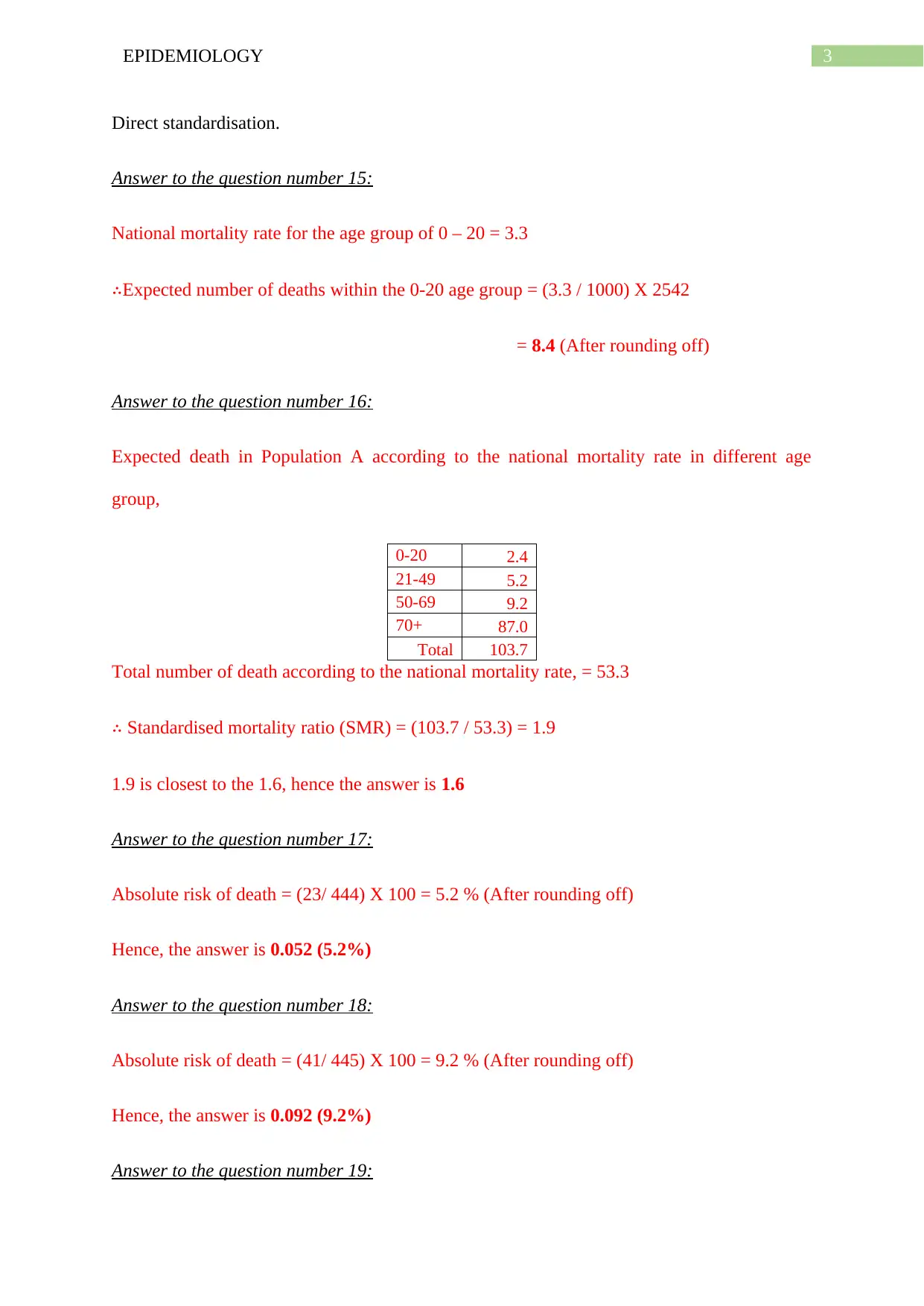
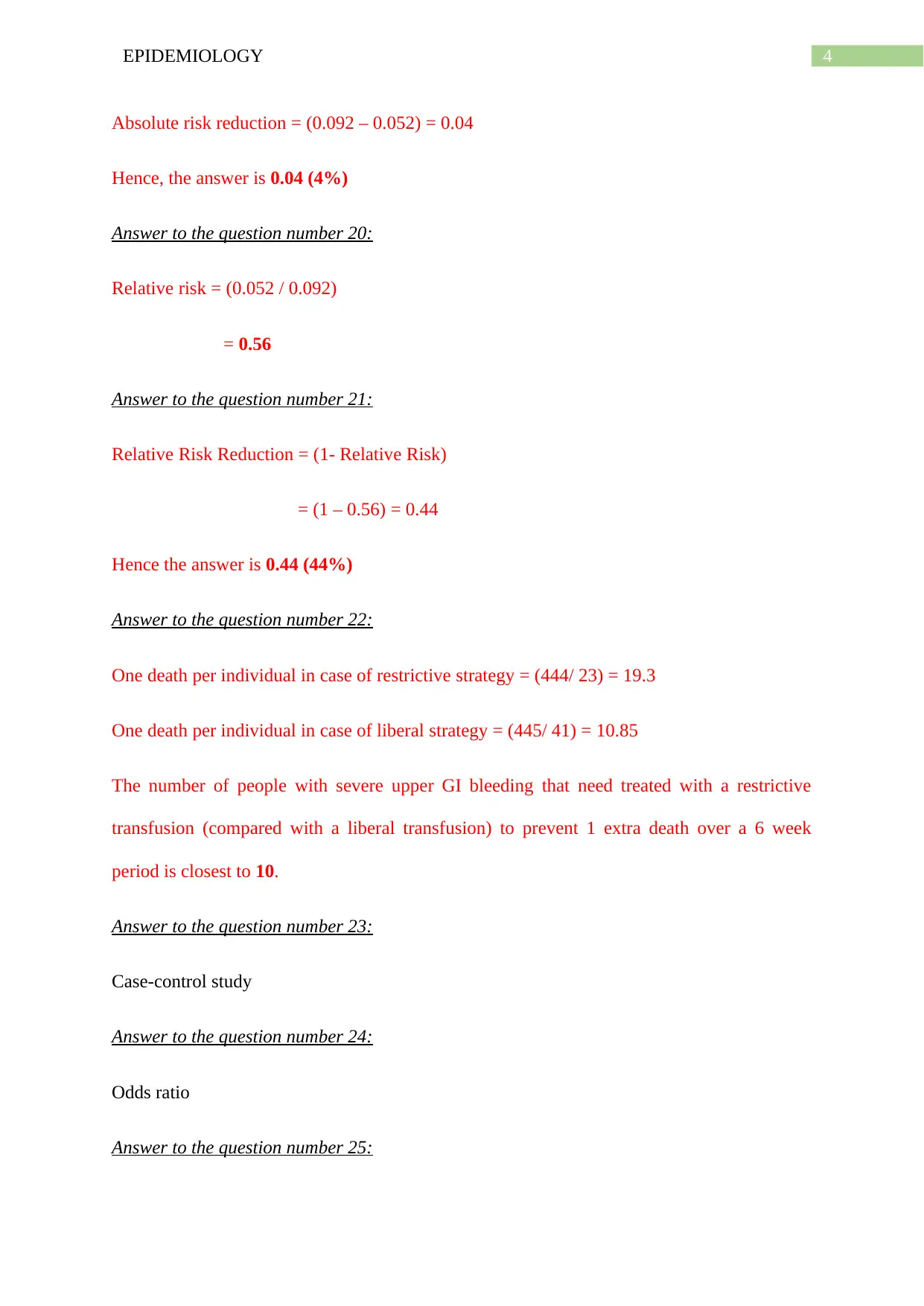
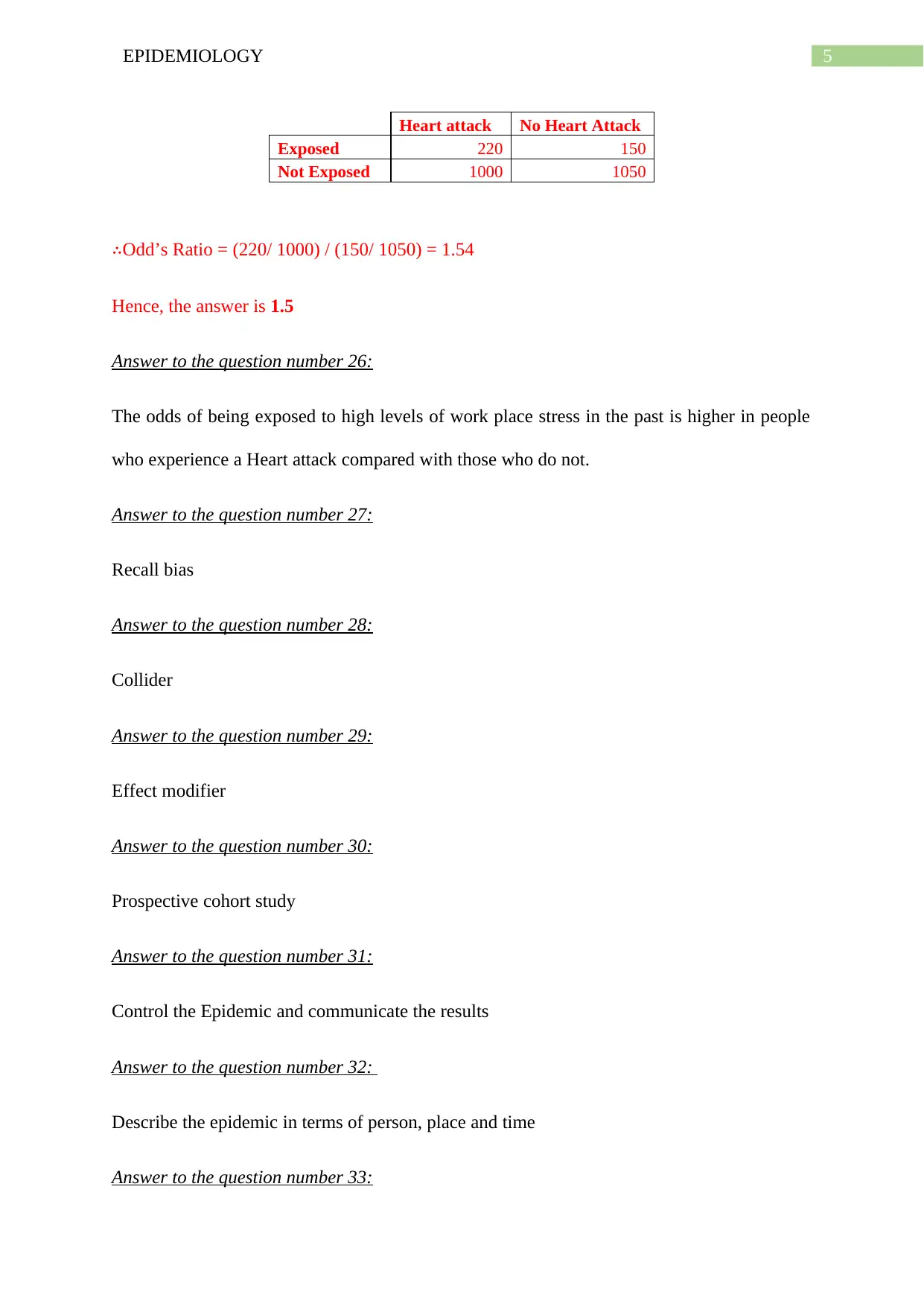
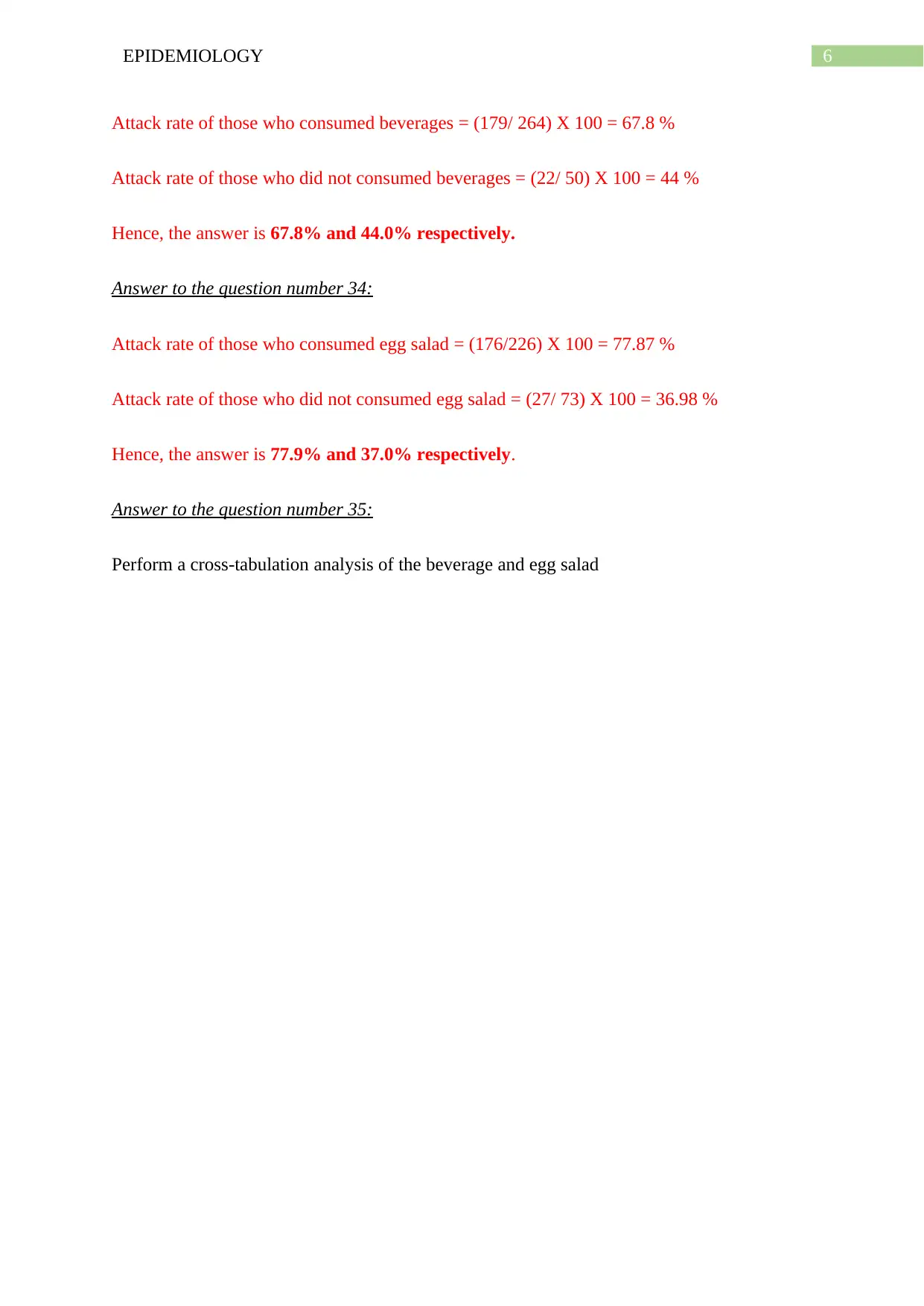
![[object Object]](/_next/static/media/star-bottom.7253800d.svg)